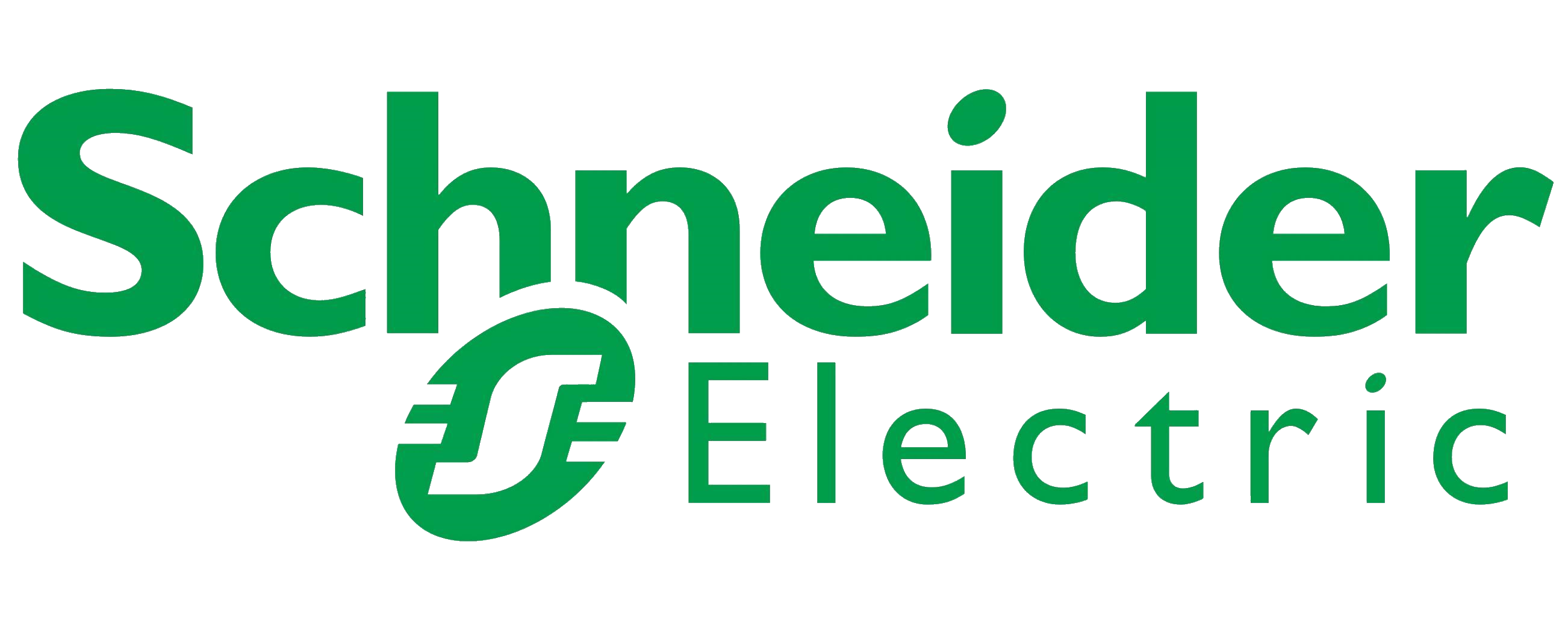In a market where developers are looking to operate as leanly as possible, wind turbines have become major players to keep onshore wind projects contributing to the UK’s energy mix. Darren Farrar, wind segment manager at Schneider Electric explores VAR compensation as a solution to wind's intermittent nature.
Wind turbines have become major players in today’s electricity-generation market. Year-over-year market growth hit 44 percent in 2014, according to the Global Wind Energy Council. However, this rapid growth doesn’t come without complications. We must not forget wind’s intermittent nature and how this can affect grid operations. But fear not, hybrid VAR compensation can offer a solution and aid efforts to incorporate more of this carbon-free energy into overall electricity supplies.
Growth, with no signs of slowing down
Though it was once only a marginal contributor to international electricity supplies, wind has become an equal partner with traditional coal and natural gas thermal-generation technologies in many countries.
By the end of 2013, for example, wind turbines generated 34 percent of Denmark’s electricity according to the World Wind Energy Association (check out WWEA’s 2013 World Wind Energy Report here). And, the historic commitments announced at the conclusion of December’s United Nations Conference on Climate Change in Paris will likely create even more demand for wind energy.
Although wind turbines emit no greenhouse gases, they still create complications for grid operators, especially as they become significant contributors to total electricity supplies. Obviously, intermittency of supply can raise havoc with transmission and distribution systems designed for steady, reliable operation.
Unless properly managed wind-turbine operations can also be negatively affected by power-quality problems in the grid to which it is connected. This includes voltage dips that can shut down wind-farms and harmonics that damage turbine equipment.
Creating a more harmonious relationship
So, what options do wind developers have for ensuring power-quality issues don’t create problems for either the connected grid or their own operations? Hybrid VAR compensation offers a cost-effective solution. It combines static solutions including capacitors (to inject capacitive energy) and reactor banks (to supply inductive energy in no-load situations or when cable length is a priority). This is coupled with a dynamic electronic static compensator that can inject a reactive, capacitive or inductive current continually, and in less than one cycle, to compensate for rapid fluctuations in reactive power consumption.
This package, brought together in one solution, provides grid-code compliance at a competitive price. In a market where developers are looking to operate as leanly as possible we feel this is a key technology to keep onshore wind projects contributing to the UK’s energy mix.
Darren Farrar, wind segment manager at Schneider Electric
